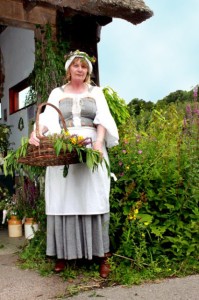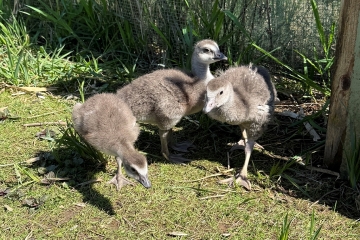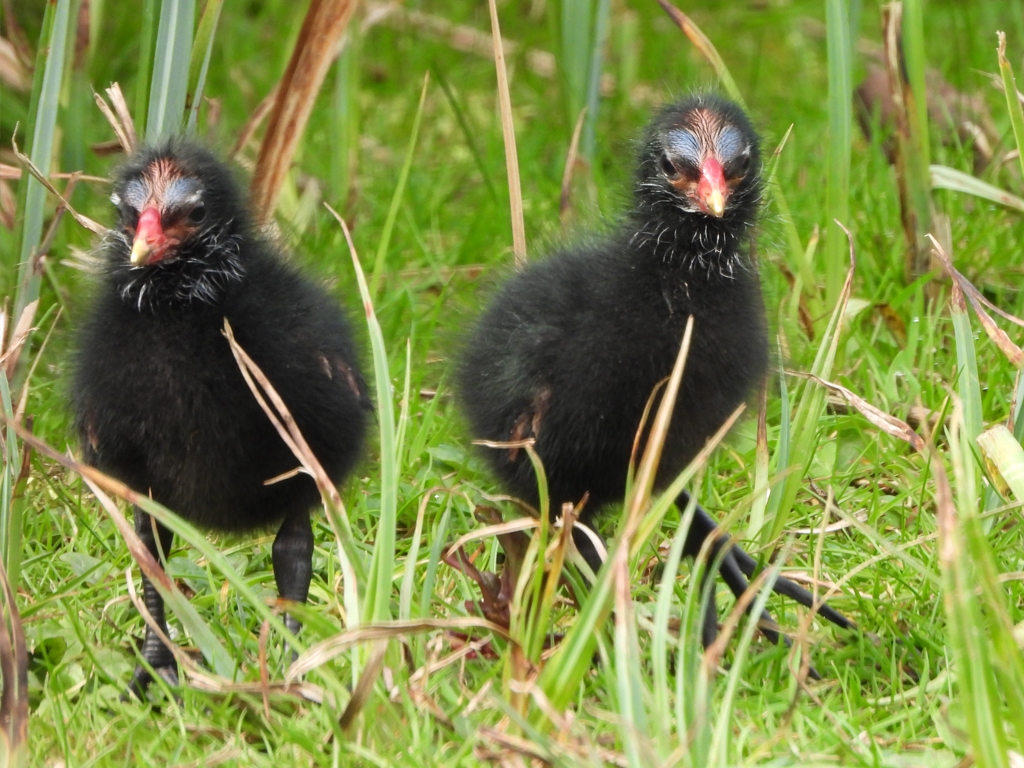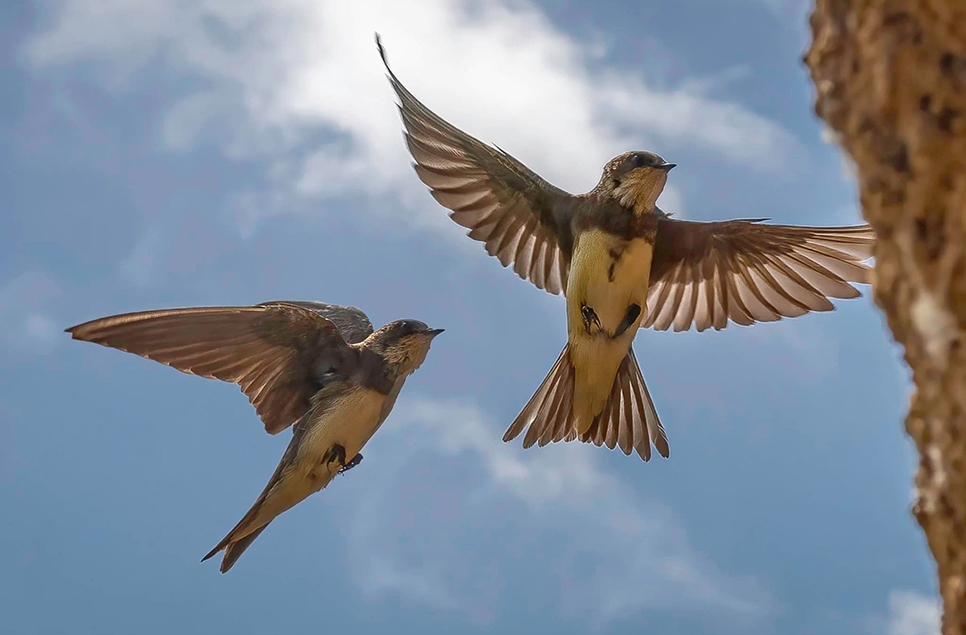Discover a medieval medicine chest on wetland plant walk
Wetland plants were both medicine chest and kitchen pantry for the medieval population of West Sussex. WWT Arundel Wetland Centre plant specialist Sheila Stenning is taking visitors on a special series of walks in August and September, identifying wetland flowers and explaining their historic uses.
“Before the potato came to Europe the roots of silverweed were eaten raw, boiled or baked, tasting like turnip.” said Sheila Stenning. “The roots of valerian plants have been used to treat shock, insomnia and exhaustion since the time of ancient Greece. Valerian is still sold in tablet form in health food stores.”
Bog bean leaves were dried for an herbal tobacco. The juice from Ox-eye daisy stems was used treated eye ailments. Comfrey was called ‘knit bone’ - it was grated then packed around bone breaks and would harden into a cast.
The August and September plant walks are held on Thursdays at 2.30 pm with space for 20 people. These gentle walks last about one hour with plenty of stopping points along the paved pathways of the reserve. The cost is included in the admission price to the wetland centre and free to WWT members. Call 01903 881530 for event information or click here




